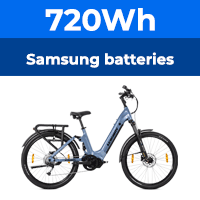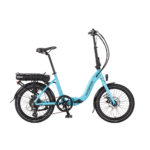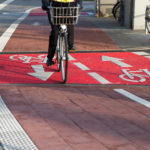Changed my Dunlop/Woods valved tubes immediately, difficult to pump up, impossible to check the pressure and crude.In my experience, tubes with Schrader valves won't take 50psi (they blow out near the valve). Whereas tubes with the Dunlop valve (like my wife's Gazelle, which has an effective pump tucked under the carrier) seem to be better.
My Schrader valves run at 60+ psi no problem. Lorries run at far higher pressure than this on Schrader valves, for example my pickup ran at 110 psi







